airbag
Latest
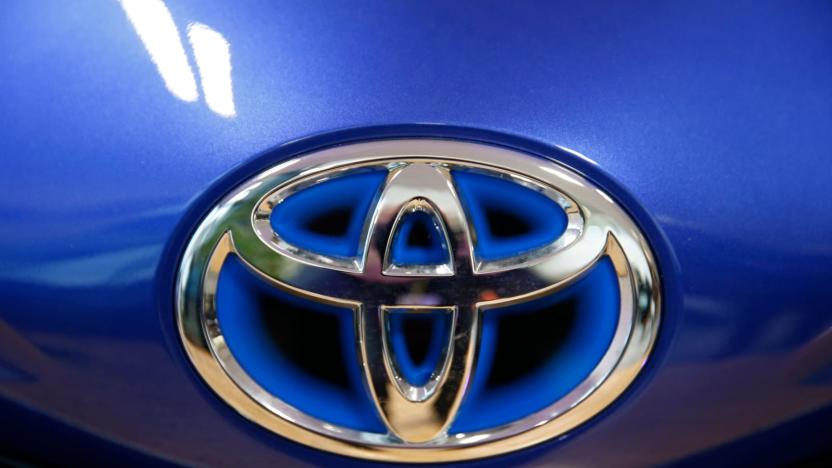
Toyota recalls another 1.7 million cars over faulty airbags
The problems with Takata's potentially defective airbags persist years after they began. Toyota has recalled another 1.7 million cars worldwide, 1.3 million of them in the US, over possible faults in their airbag actuators. The new effort covers vehicles made between 2010 and 2015 and comes just weeks after Toyota issued a repeat recall for 65,000 cars after concerns an initial fix still wasn't safe.

They make airbags for people now
French company Helite has been selling wearable airbags in some shape or form for many years. Typically, it's targeted bikers, horse riders, light aircraft pilots and other people with dangerous hobbies. This year at CES, it's pitching the Hip'Air, a 2.2-pound belt that detects when an elderly person is falling and deploys an airbag.

Honda will use targeted Facebook videos to encourage recall repairs
As the Takata airbag recall -- the largest ever US auto recall -- continues, Honda has been looking for new ways to reach customers who haven't yet brought in their vehicles for repair. And the company's next move, as Reuters reports, is to target Honda owners through Facebook. Using the tool that allows advertisers to target particular subsets of Facebook accounts, Honda will match email addresses of those with recalled vehicles to Facebook users. According to the Associated Press, at least some of the messages geared towards those Facebook accounts will be videos from Honda owners who were injured from the faulty Takata airbag systems. You can see one of the public service announcements below.

Takata pleads guilty to fraud in faulty airbag cover-up
Japanese auto parts maker Takata has formally pled guilty in federal court today to a criminal fraud charge stemming from its cover-up of millions of faulty airbags. As part of the guilty plea, Takata admitted it intentionally hid the fact that its airbag inflators could explode and throw hot metal shrapnel into drivers' faces.
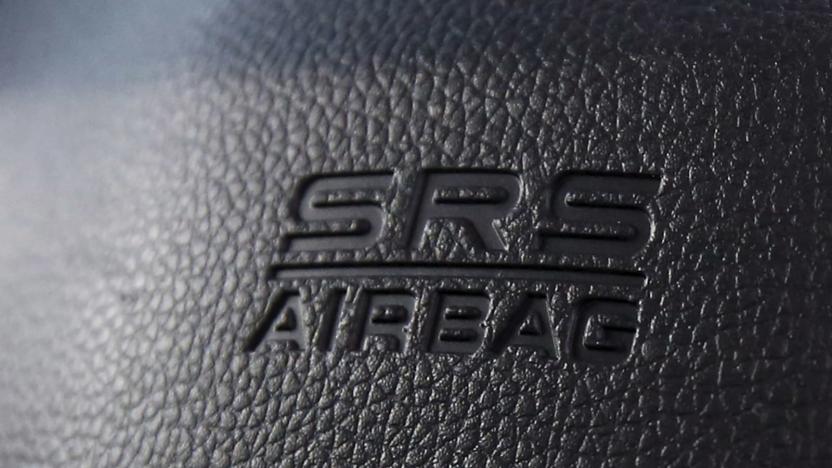
Three Takata executives charged in global airbag scandal
It's official: The US Department of Justice has indicted three Takata Corporation executives -- Shinichi Tanaka, Hideo Nakajima and Tsuneo Chikaraishi -- on charges that they knowingly falsified safety reports in an effort to continue selling airbags the company knew were unsafe. The DoJ is also expected to announce that the company will plead guilty to criminal misconduct charges, though that announcement has not yet been formally made.

GM recalls 4.3 million vehicles worldwide over faulty airbags
General Motors will recall 4.3 million vehicles across the globe because of a software defect in the airbag system that has so far been linked to one death and three injuries, Reuters reports. The bug prevents frontal airbags from deploying in "rare circumstances when a crash is preceded by a specific event impacting vehicle dynamics," GM tells Reuters.
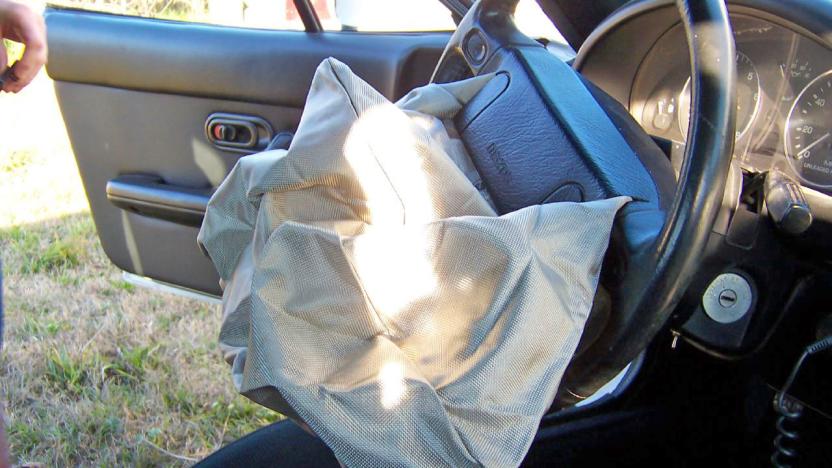
US automakers recall 12 million more vehicles with Takata airbags
Faulty Takata airbag inflators resulted in the recall of 12 million more US vehicles from eight major automakers on Friday. The National Highway Traffic Safety Administration posted recalls from Honda, Fiat Chrysler, Toyota, Mazda, Nissan, Subaru, Ferrari and Mitsubishi over the airbag issue, The AP reports. Dangerous inflators from Japanese company Takata have so far led to the recall of up to 40 million airbag systems worldwide. Japan's transport ministry also recalled an additional 7 million airbag systems on Friday.
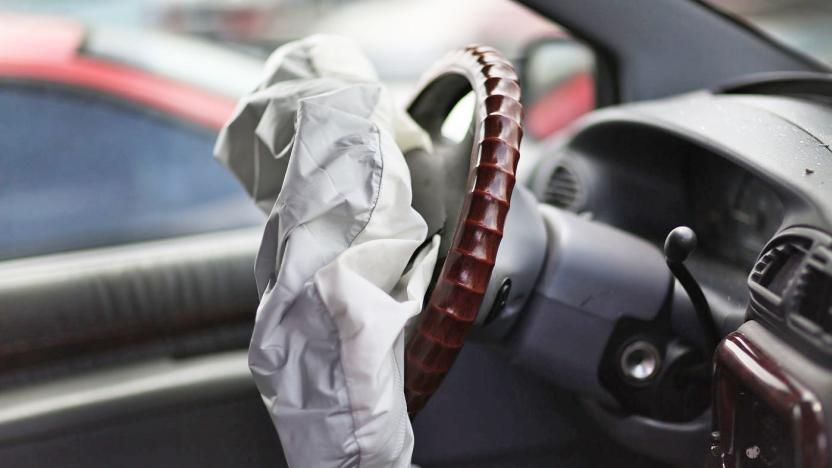
Takata is reportedly recalling another 35 million airbag systems
If your car wasn't affected by Takata's massive airbag inflater recalls, it might be very shortly. Wall Street Journal tipsters hear that the Japanese firm is planning to recall "at least" 35 million more airbag inflaters, possibly as soon as this week. While the makes and models haven't been named, this would more than double the US recalls of 28.8 million airbag systems (over 40 million worldwide) from over a dozen car builders -- it may be hard to escape. The focus is on airbags that use ammonium nitrate to expel the airbag, but don't have a drying agent to prevent the moisture that triggers explosions.
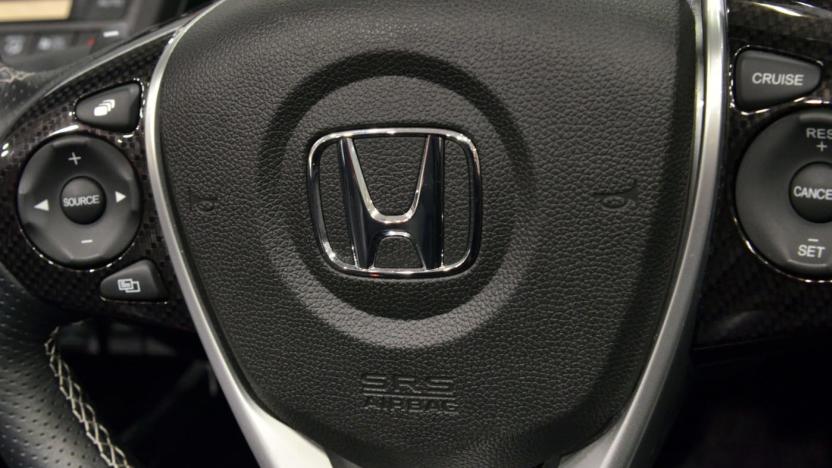
US accuses airbag maker of faking test data
Takata has been in hot water over unsafe airbags for years, but there are new signs that it's particularly deep trouble. A US Senate report maintains that the vehicle part maker presented fake test data to minimize the scale of airbag recalls. In one situation, it presented bogus data to Honda about a new part. In another case, a director warned that info establishing the size of the recalls was frequently a "likely misrepresentation" of the facts, and even "technically unsupportable."

Google's driverless car ideas include airbags on the outside
Airbags on the inside, that's what cars typically have. That's great for protecting people on the inside a vehicle. But, how about airbags on the outside, for the rest of us? Google's patented the idea for its driverless cars, with a system of inflatable bumpers that would react in the event of an accident. Sensors could detect when a collision is imminent and inflate the bags to hopefully reduce damage to anyone (or anything) involved. That said, typical airbags might not help when installed outside of the car, as any poor pedestrian that the system would aim to protect would likely be bounced off -- which doesn't sound particularly safe. Google has the answer, however: visco-elastic material.

Amazon wins patent for airbag system designed to protect portable devices
As avid patent-watchers may recall, an application for a rather unusual contraption from Amazon surfaced last summer -- one that detailed an airbag system designed to protect portable devices from falls, with none other than Jeff Bezos himself listed as one of the two inventors. Now, it's no longer just an application, as the USPTO officially has granted the patent to Amazon today. Of course, that still means it's likely a long ways from finding its way into an actual Amazon product (if it ever does), but don't be too surprised if your future Kindle Fire 4K XL 5G one day saves itself from an imminent demise.

Jeff Bezos drops phone, has eureka moment, patents mini airbags
Amazon CEO Jeff Bezos must have time on his hands and butter on his fingers. Why else would he have personally signed this patent application for a horrendously complicated "damage avoidance system?" It involves using a smartphone's inbuilt motion sensors to detect a free-fall calamity, then sending an emergency signal to a separate protective sleeve, which finally "deploys an airbag prior to contact." Heck, if we're going down that road Jeff, why not just stick some mini thrusters on it and make it hover?

Nissan NV200 van named NYC's 'Taxi of Tomorrow,' Travis Bickle cringes (video)
New Yorkers, this is your "Taxi of Tomorrow." After two years of deliberation, Nissan's NV200 was chosen as the city's exclusive taxi yesterday, edging out models from Ford Motor Co. and Turkish manufacturer Karsan. The four-passenger van is slated to hit New York's streets in late 2013, after which it will be gradually phased in on a more widespread basis. With a manufacturer suggested retail price of around $29,000, the commodious NV200 boasts a 2.0L 4-cylinder powertrain, transparent roof panel, driver navigation system, overhead reading lights and a mobile charging unit, replete with a 12V outlet and two USB ports. Nissan also placed an emphasis on passenger and pedestrian safety, with front and rear-seat curtain airbags, standard traction control and an external lighting system designed to alert others when the NV200's doors are opening. The van's microbial seat fabric should help assuage the fears of many germophobes, while its "low-annoyance" horn promises to put a (probably miniscule) dent in the city's noise pollution. Mayor Bloomberg definitely won't realize his all-hybrid dreams by 2012, but Nissan has agreed to participate in a forthcoming EV pilot program, involving up to six of the company's electric LEAFs. Until then, New Yorkers will have plenty of time to get used to the city's new soccer mom approach to taxi transport. Cruise past the break for full PR and video.

Inhabitat's Week in Green: reach for the stars, safer kids and sexier cars
Each week our friends at Inhabitat recap the week's most interesting green developments and clean tech news for us -- it's the Week in Green. This week Inhabitat saw several incredible feats of green architecture reach for the stars as Richard Branson unveiled the world's first commercial spaceport and a lunar solar power tower won the Moon Capital International Design Challenge. We were also impressed by Snøhetta's design for a massive möbius strip-shaped particle accelerator and we caught the groundbreaking of what will be one of the world's most efficient solar skyscrapers in Korea. Ultra-efficient autos blazed a trail this week as an electric audi shattered a world EV distance record by traveling 372 miles on a single charge. We also caught a glimpse of the future of green transportation as major auto manufacturers unveiled a set of incredible eco concept cars, and we caught wind of a plan to bring these insane traffic-straddling buses to the United States. In other news, we learned that iPhones and other communication devices may have potentially deadly side effects for kids, and we showcased several innovative designs for safer cycling - an inflatable airbag collar that automatically pops up to prevent injuries and a crash helmet that makes a stink when it cracks. Finally, to celebrate Halloween we rounded up a ghastly array of ghoulish green designs - from a skeletal x-ray lamp to a skin-crawling camera made from a human skull to a company that will press your mortal remains into a vinyl record. Happy Halloween!

Romanians in spandex base jump the Intel theme chimes
Oh, nerds. If we weren't one of you, we wouldn't have the faintest idea why you do the things you do. But we are, so we do, even if you're from another country. In an attempt to best Finland's record for World's Largest Intel Chime (done with human cannonballs), five employees at the chipmaker's Romanian branch learned how to base jump from the top of their office onto huge airbags to "hoot" the ubiquitous tones. A charmingly-accented software validation engineer named Iulian project-managed the whole thing -- here's hoping he makes VP sooner rather than later. Slightly disturbing video of humans being dropped after the break.

NASA risks then saves lives of dummies in helicopters with external airbags
Airbags have evolved from being in cars to on cars, so it's only natural that airbags in aircraft should be making the trip outside. NASA's Subsonic Rotary Wing Project is attempting to make autorotation landings a little bit softer by slapping a pair of expandable kevlar cushions between the skids, and the first test was a success. The helo was dropped at a height of 35 feet, achieving a speed of 48 feet-per-second before unceremoniously hitting concrete. The helicopter and its simulant occupants were said to be largely undamaged, giving hope that such a system could reduce injuries -- if you're not traveling downward at more than 48 feet per second, anyway. Future tests are said to be coming in the next year and, if all goes well, we hope to be seeing these on real whirlybirds soon.

Stronger airline seats with airbags might just save your life, even on a business trip
If you're a product recall specialist hoping for your relatives to bank it big on an airline disaster-related life insurance claim, this post isn't for you. For everyone else who'd like a greater chance of walking away from a decidedly rough landing, here's your ticket. New airline safety regulations going into effect this fall require that all airline seats stay intact even under an impact of 16 times the force of gravity -- nearly double the old nine G requirement. As of now any aircraft model introduced after 1988 has the sturdier new seats, but starting October 27 all planes will. Additionally, a number of airlines are starting to have seats sporting airbags but, wouldn't you know it, they're largely found in first class. Ostensibly that's because the greater gaps between seats means in an impact your calm, blank face won't get restrained by the tray of the seat ahead, but you know the truth, don't you?

Video: Dorel Air Protect keeps your blow-up children safe
It might look like your run-of-the-mill car seat, but Dorel's Air Protect comes with an extra dose of parental paranoia, or as they call it, side impact protection. Sure, you could protect your child by not driving like a reckless maniac, but where's the techno-loving fun in that? You're far better off strapping junior into a pre-inflated airbag, while disregarding the fact your giant SUV is killing the world he is supposed to grow, live and love in. Now that we've guilt-tripped you into recycling your soda cans, how about a self-serving video of the crash test after the break?

Toyota develops rear-collision airbag
We've got airbags in the front, airbags to the side, even airbags on the hip -- and now Toyota's installing the first rear-collision airbags into its Japan-only iQ minicar. The bags are designed to protect rear seat passengers, and inflate from above the rear window to blanket your noggin and reduce impact force to the head by half. The new system will be installed in iQ's by the end of the year, no word on whether it'll come to the States anytime soon.

Wearable airbags keep the elderly from hitting the ground so hard
Elderly? Enfeebled? Just plain clumsy? Tokyo-based Prop has your back. Its newly announced personal, wearable airbag looks like a cool fanny-pack and weighs a mere 1.1 kilograms (2.4 pounds) -- but springs forth in one-tenth of a second when sensors detect you're headed for the floor, protecting your head and ass with two inflated bags that contain 3.9 gallons of gas each. Similar to the various airbag-equipped suits already used by some motorcyclists, the airbag is yours for a cool ¥148,000 ($1,400). Or you could just not fall down. [Thanks, Steve]










